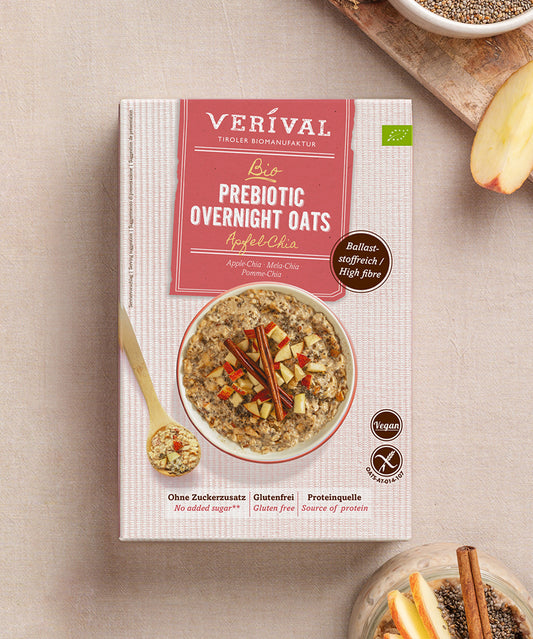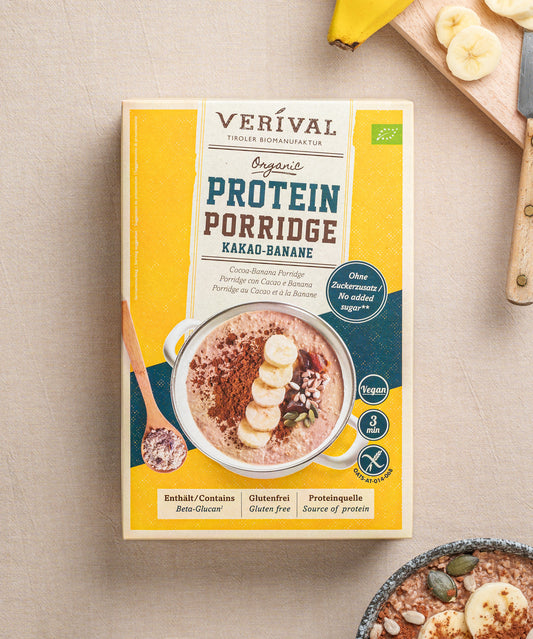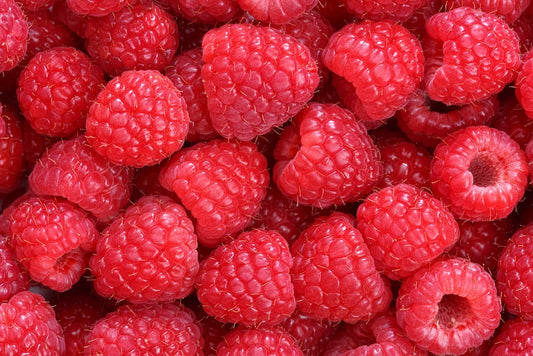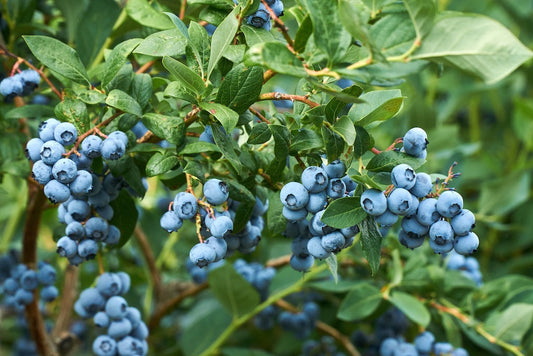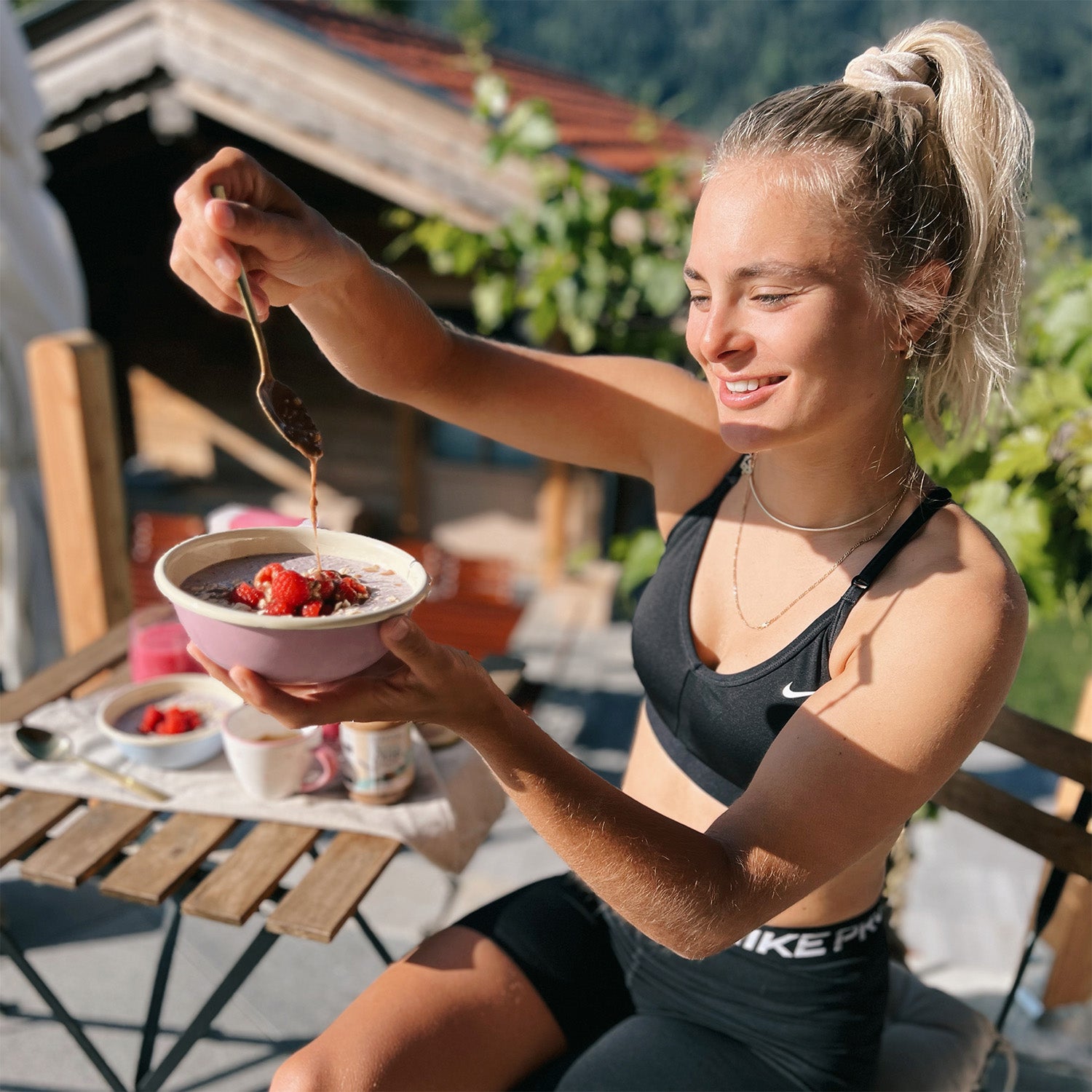Loved by young and old alike, strawberries are an essential part of many of our favourite desserts, especially in summer. But as popular as the red berry is, most people don't know all that much about the aromatic fruit.
Botanically speaking, the strawberry is not a berry, but an aggregate fruit. This is due to the seeds, which are located on the outside of the strawberry skin.
Since they consist of 90% water, the berries are low in calories and particularly suitable for losing weight. Find out more about the red fruits and how you can plant them in your own garden in the following article.
Where do strawberries come from?
The name of the delicious berries comes from Latin, where strawberries were called Fragaria. But the history of the strawberry goes back further than the Romans. Even in the Stone Age, strawberries were collected and consumed. However, the berries of that time were more similar in size to today's wild strawberries. In the Middle Ages, people finally began to cultivate and grow strawberries.
The unmistakable characteristics of the strawberry
The strawberry belongs to the rose family (botanically Rosaceae). Its flowers have a white to slightly yellow colour. The size of the plant varies between the different varieties. The wild strawberry (in Latin Fragaria vesca) is considerably smaller than the garden strawberry.
Everything you need to know about berries can be found here
How healthy are strawberries?
Most people know that fruit is very healthy in general. The sweet strawberry is no exception here. Fresh strawberries are 90 percent water, but the remaining 10 percent contain plenty of fibre and vitamins.
A portion of strawberries (about 100 to 200 grams) therefore contributes to a balanced diet, which should include at least five portions of fruit and vegetables per day. Since strawberries are also low in calories, they are suitable for figure-conscious people.
Nutrients in strawberries per 100 grams
Did you know that strawberries contain more vitamin C than oranges and lemons? They are also rich in calcium, folic acid, magnesium and iron. Strawberries are generally very low in calories and are therefore considered a ‘slimming food’. This fruit is therefore ideal as a healthy breakfast in muesli.
- Water 90 g
- Fat 0.4 g
- potassium 147 mg
- calcium 26 mg
- magnesium 15 mg
- vitamin C 64 mg
The following table shows the strawberry content of energy and simple sugars as well as disaccharides per 100 g of strawberries.
Strawberries are a good source of polyphenols, particularly anthocyanins, micronutrients and dietary fibre. In epidemiological and clinical studies, these ingredients have been linked to improved cardiovascular risk profiles.
Human intervention studies with aronia berries, cranberries, bilberries, and strawberries (either fresh or as juice or freeze-dried) or purified anthocyanin extracts have demonstrated significant improvements in LDL oxidation, lipid peroxidation, total plasma antioxidant capacity, dyslipidaemia, and glucose metabolism. 1
benefits were seen in healthy subjects and in individuals with existing metabolic risk factors. Mechanisms underlying these beneficial effects presumably include upregulation of endothelial nitric oxide synthase, decreased activity of carbohydrate digestive enzymes, decreased oxidative stress, and inhibition of inflammatory gene expression and macrophage foam cell formation.
Although limited, these data support the recommendation of berries as an essential fruit group in a heart-healthy diet.
| Energy (kcal) | Glucose (g) | Fructose (g) | Sucrose (g) | Total sugar (g) | |
| Raw strawberry | 32 | 2.2 | 2.2 | 1 | 5.4 |
| Raw wild strawberry | 32 | 2.2 | 2.3 | 1 | 5.4 |
| Strawberry juice | 35 | 2 | 2.1 | 2.3 | 5.3 |
| Strawberry nectar | 54 | 0.8 | 0.8 | 10.9 | 2.1 |
| Strawberry jam | 258 | 21.9 | 18.7 | 13.5 | 58.7 |
| Canned strawberries | 70 | 6.5 | 6.5 | 3 | 16 |
What is the best way to store strawberries?
Strawberries are best stored in the refrigerator. They should be consumed within a week, as mould can start to form after just a few days. If one or more fruits in a package of strawberries are already soft or rotten, they must be removed from the packaging as quickly as possible.
As soon as mould appears, it is better to throw the strawberries away, as the spores may already have spread invisibly to the other strawberries. Alternatives to refrigeration are preserving or freezing the fruit.
When freezing, make sure that the fruit is thoroughly washed and dried beforehand. Otherwise the strawberries will freeze together. The strawberries will keep for about a year. After thawing, the fruit is relatively soft. They are particularly suitable for pureeing and for use in smoothies, for example.
How can I use strawberries?
Strawberries can be used in a variety of ways. Of course, they can be enjoyed on their own. The popular combination of strawberries dipped in sugar or chocolate always tastes good, but may not be the healthiest option.
If you are looking for a tasty alternative for a healthy breakfast, the combination of strawberries and porridge or muesli is the right choice. The wide range of products offered by Verival offers many possible combinations for every taste. Strawberries are also the perfect topping for any breakfast creation.
For example, strawberries can be added to one of the delicious Verival porridges, such as the sour cherry cocoa oat porridge or the Bircher porridge. The range of Verival mueslis also offers athletes, vegans and people with gluten intolerance the opportunity to combine grain with fruit.
Strawberries also go well with other fruits such as blueberries, raspberries, currants, blackberries and cranberries as a colourful and healthy topping.
Organic porridge from Verival – Click here for all products
Can I plant strawberries in my own garden?
If you have green fingers and are interested in growing your own fruit in the garden, you can plant strawberries yourself and save yourself a trip to the market or discounter.
Tips for successfully growing strawberries at home
Growing strawberries in the garden requires a little prior knowledge, but if you follow a few simple rules, nothing should stand in the way of a successful strawberry harvest. It is best to plant the delicious strawberry fruits between the end of August and the end of September.
This way, they can gather strength in the remaining warm weeks until October to survive the winter. However, strawberries can also be planted in spring. When planting, make sure that the plants are placed deep enough so that the heart of the plant is still above the surface of the soil.
Organic and sustainable cultivation
If you decide to grow the plant organically and sustainably, you should be aware that the use of any chemical pesticides or fertilisers is prohibited. However, natural methods and aids can be used to effectively control pests.
Soft soap, for example, helps against mites, while straw as a base prevents snails and keeps the soil dry. In addition, sufficient space should be left between the plants so that the strawberry plants cannot infect each other with fungi.
Pay attention to the calendar and weather
Depending on the weather and temperature, the strawberry season varies from year to year. Flowering usually occurs in April and May. The season ends in July. If you like to pick wild strawberries, you only have a two-month window of opportunity. The harvest falls in June and July, and the fruiting varieties can be found on forest edges and clearings.
Did you know? Interesting facts about strawberries
Here are a few interesting facts about the red fruits for the truly inquisitive:
- Did you know that strawberries contain more vitamin C than oranges?
- Did you know that botanically speaking, strawberries are not berries at all? Instead, they belong to the group of so-called aggregate fruits.
- Did you know that strawberries reproduce when animals such as hedgehogs, foxes or birds eat their fruit and excrete the small seeds undigested?
Discover the world of Verival breakfasts now
- Basu A, Rhone M, Lyons TJ. Berries: emerging impact on cardiovascular health. Nutrition Reviews . Published online March 2010:168-177. doi: 10.1111/j.1753-4887.2010.00273.x






